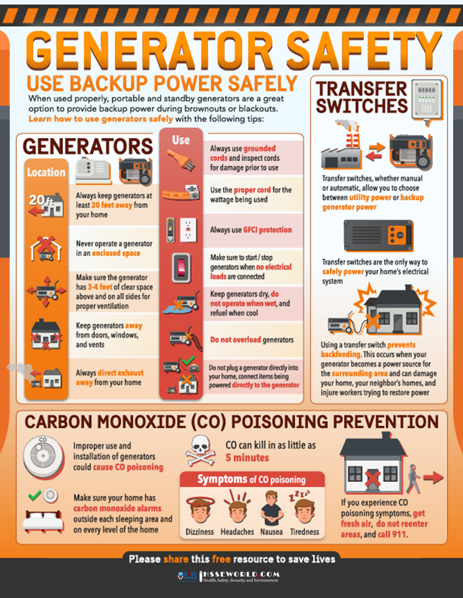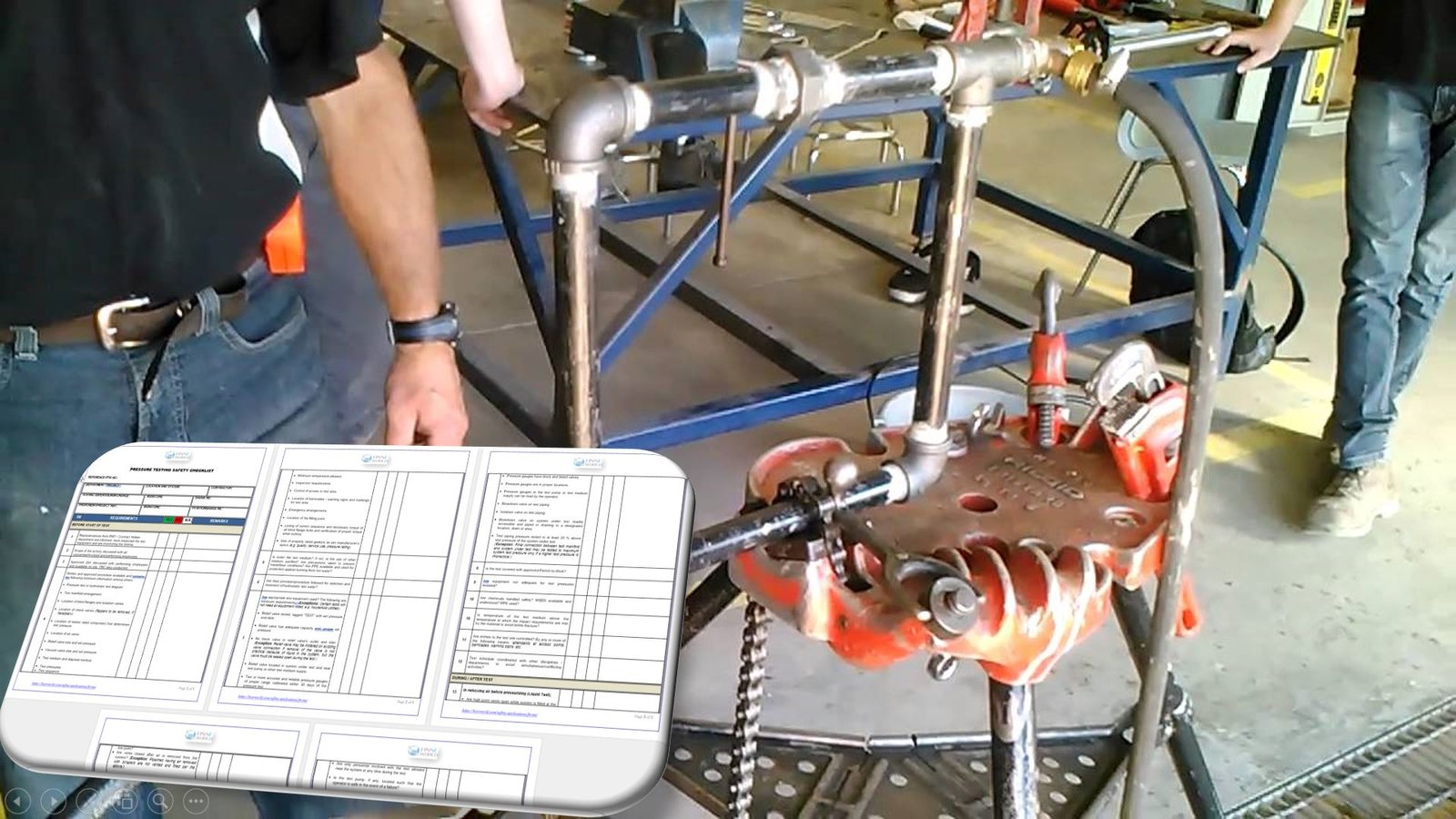Demonstrating a commitment to worker safety, and getting a firsthand look at whether safety and health programs are working. These are two of the reasons business owners and managers should personally conduct periodic walkaround inspections, OSHA states in a recently released fact sheet.

The fact sheet breaks conducting a walkaround into three steps: before, during and after an inspection.
To prepare for an inspection, OSHA suggests becoming familiar with the worksite’s history of incidents, near misses, incident investigations, and hazards and their elimination, and then giving priority to areas mentioned in the hazard reports. Anyone conducting a walkaround should be wearing appropriate, correctly fitting personal protective equipment.
“Nothing takes away credibility faster than having the wrong PPE or not wearing it properly,” OSHA states in the fact sheet.
Limit the number of inspectors involved in the walkaround, OSHA advises, because a larger group can inhibit communication with workers.
While onsite, talk to the workers, both new employees and veterans. OSHA suggests techniques to make workers more likely to share:
- Assure them you’re trying to find and fix potential hazards, and aren’t interested in blaming – only improving safety.
- Ask open-ended questions.
Following up on any hazards found or concerns voiced is a must, OSHA states, noting that failure to do so “can often stifle worker participation and enthusiasm, which can be hard to regain.” Managers should make an abatement plan – hazards found and solutions needed, as well as any further investigation required for more-complicated hazards. Share the plan with managers, supervisors and workers, and give periodic updates.



